Which Teas Are Most Popular In China and Taiwan?
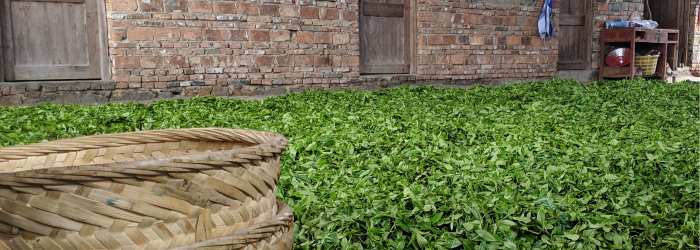
We are often asked to recommend the tea styles that are most popular in their country of origin. Thanks to the vast range of tea styles produced in China and Taiwan, each region has its own specialty, and local loyalties are fierce. If you’re looking for a gift or wondering what to buy while in China, check out this list for the best teas of each region.
Beijing: Jasmine Pearl
Jasmine teas have become a worldwide favorite style thanks to their captivating and long-lasting aroma, but these teas were initially most popular in northern regions of China with climates that didn’t support high volumes of tea production.
Base teas from the nearest growing regions in Zhejiang and northern Fujian were lightly oxidized, delicate, and poorly suited for periods of long transport. Scenting the leaves with natural jasmine flowers ensured that they didn’t taste stale by the time they arrived at their destination.
While modern shipping methods have expanded the options for knowledgeable tea drinkers in China’s metropolitan capital, green or white teas scented with jasmine are still a local favorite.
Learn about the three methods of scenting jasmine teas >>
Shanghai: Dragonwell
As the largest city in the vicinity of the famed source of Dragonwell tea, Shanghai is also a major market for this popular pan-fired style of green tea. The famed flat leaves are not the only green tea to be found here, but they are commonly seen floating freely in a glass mug, ready to be topped up with water several times throughout the day.
Ironically, Dragonwell's reputation for high quality means the market is flooded with mediocre examples packaged neatly for unwitting buyers. Always ask about harvest date to get the freshest batch of young spring buds.
Learn why harvest date makes a difference in the quality of green tea leaves >>
Taipei: Jin Xuan
The dark green color and tightly rolled leaves of Taiwan’s famous oolong teas can make it hard to tell one style from another, but a comparison tasting will reveal pronounced differences. While other common varieties are known for bold floral flavor, the locals usually prefer the more subtle, creamy texture of Jin Xuan for everyday drinking.
Further south, larger mountains known for high elevation tea gardens give their names to teas that are popular among local populations and connoisseurs alike. In the northern part of the island, including Taipei, local specialties are known by varietal names instead. Much like Cabernet Sauvignon wines, Jin Xuan teas can vary in flavor depending on where and how they are grown.
Find out more about varieties and cultivars of the Camellia sinensis tea plant >>
Fujian Province: Da Hong Pao (Grand Scarlet Robe)
Though the major cities of Fujian Province are not quite as populous as the largest metropolitan areas in China, this province directly across the water from Taiwan is home to several of the most famous teas, including the charcoal roasted Da Hong Pao style. This tea has not only won the hearts of locals but is a primary point of pride for locals and a major draw for tourists to the famed Wuyi Mountain Nature Reserve in northern Fujian.
Learn more about what to look for when buying Da Hong Pao >>
Xiamen: Monkey Picked Tieguanyin
In the south of Fujian, the city of Xiamen lies near the home of another highly rated oolong tea style: Tieguanyin, or Iron Goddess of Mercy. Originating in Anxi county, this oolong variety is crafted in a range of styles, from heavily roasted to vibrant green.
Find out the true story behind the 'monkey picked' name >>
Once known as Amoy, Xiamen was a major port of trade during the early days of tea export, and Tieguanyin is therefore known worldwide as a quintessential example of ‘oolong tea’. Transplants of this variety were among the first teas planted in Taiwan, as well, cementing the crafting techniques developed here as the basis for a many modern oolongs.
Fuzhou: Fuding Silver Needle
The growing city of Fuzhou lies just south of another famed tea producing region, Fuding County. While the white tea produced here doesn’t draw crowds of tourists like Da Hong Pao or Dragonwell, those in the know see this region as the Champagne of the tea world.
As the home terroir of the favored white tea variety Da Bai, Fuding County consistently produces the smoothest, sweetest white teas. Silver Needle is the best of the best, made of only young leaf buds. Today’s worldwide demand for white teas has led to a proliferation of examples from other regions, but none challenge the flavor quality of the originals found in this coastal part of northern Fujian.
Find out why Fuding County produces the best white teas >>
Hong Kong: Sheng Pu-erh
At the southern edge of China’s eastern coast lies Hong Kong, one of the most densely populated cities in the world. Another major port in the early days of tea export, tea culture is a major feature of daily life, especially alongside dim sum in the mornings. And the best tea to pair with the characteristic rich foods is a hearty, dark, pu-erh.
Hong Kong’s humid climate was a driving force behind the original popularity of pu-erh, as leaves imported from Yunnan were stored and aged purposefully for the first time here. The combination of high humidity and high temperatures created the rich, peaty flavor that we associate with this family of aged teas today.
Learn how storage conditions can change the character of pu-erh tea >>
Of course, today’s Chinese tea drinkers have many options, and often drink teas from a variety of regions. Still, easy availability, tradition, and local pride keep these teas in many cups where they are produced.
Have you tried any of these famous teas in their natural habitats? Which region would you most like to explore? Let us know what you think in the comments below!
Sign up for our newsletter to get blog updates in your inbox!




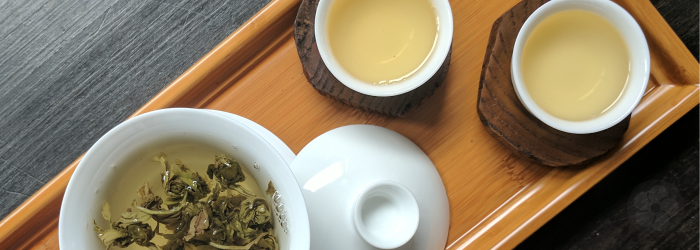


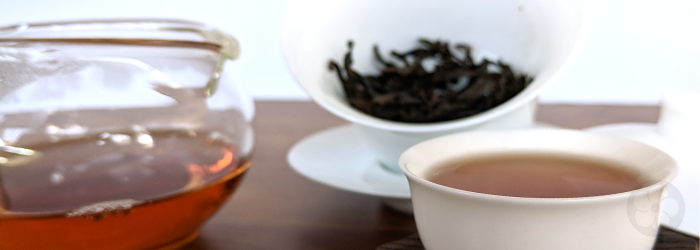
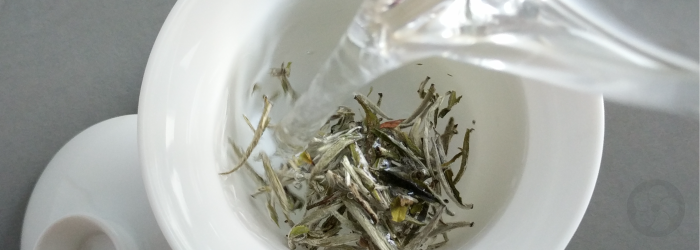
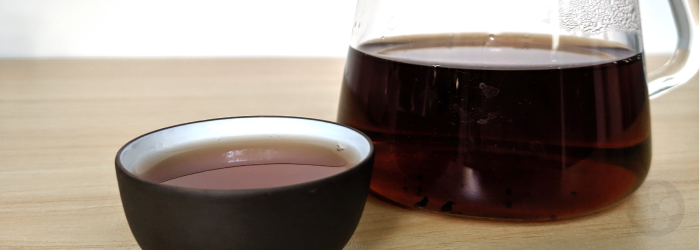
Comments on this post (0)